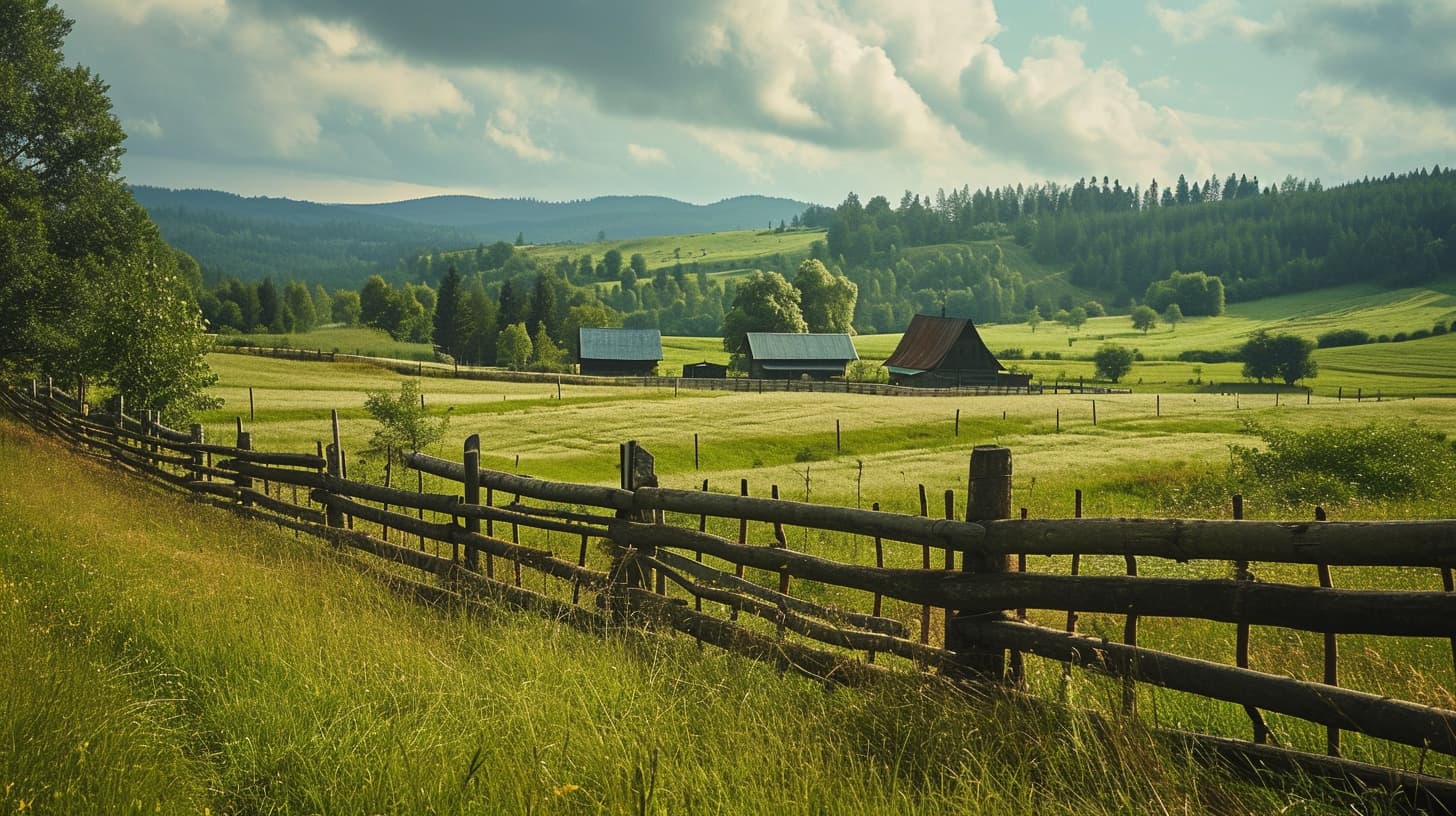
Enclosing rural land in Spain is not just a matter of placing a few stakes and wire. This process involves a series of legal and practical considerations that, if not handled correctly, can lead to substantial financial penalties and conflicts with neighbors or authorities.
1. Understanding the Need for Permits According to the Spanish Civil Code, any property owner has the right to fence their property. However, it is crucial to obtain a municipal construction permit before starting any type of fencing, whether total or partial. This permit is mandatory as fencing is considered a minor work.
2. Determination of Boundaries and Types of Fencing Before fencing, it is essential to know the exact boundaries of the property. In cases of doubt, an official alignment certificate should be requested from the Town Hall. Additionally, the choice of the type of fence must be consistent with local regulations and the environment.
3. Resolving Boundary Disputes When there are disagreements about property boundaries, it is preferable to resolve them amicably through a demarcation, which is an administrative procedure to define boundaries. If this is not possible, conflicts can escalate to legal disputes, which are costly and lengthy.
4. Penalties for Illegal Fencing Fencing without the necessary permits or in violation of local regulations can result in financial penalties. These fines vary depending on the seriousness of the infringement and can be particularly high if the fencing is done in protected areas or areas of special ecological interest.
5. Special Restrictions in Certain Areas There are additional restrictions on fencing in certain areas, such as environmental protection zones, land near public roads, or areas designated for urban expansion. These restrictions aim to protect the landscape, biodiversity, and road safety. If you are interested in buying finca for sale in these areas with special restrictions, it is important to understand the current regulations and potential challenges.
6. Considerations for Fence Maintenance Once the fence is installed, its maintenance and preservation are the responsibility of the owner. In the case of reconstruction or significant repair, it may be necessary to go through the relevant procedures again.
Key Takeaways
Frequently Asked Questions
Is it always necessary to obtain a permit for fencing? Yes, regardless of the type of fencing, a municipal permit is necessary.
What happens if I fenced without knowing it was in a protected area? Even in cases of ignorance, penalties apply. It is the responsibility of the owner to inform themselves properly before fencing.
How can I ensure the boundaries of my property? Requesting an official alignment certificate from the Town Hall is the safest way to know the exact boundaries.
This article provides an overview and should not be taken as definitive legal advice. It is always advisable to consult with an expert in the field for specific cases.
Find your farmhouse, country house, town house or rustic farm.